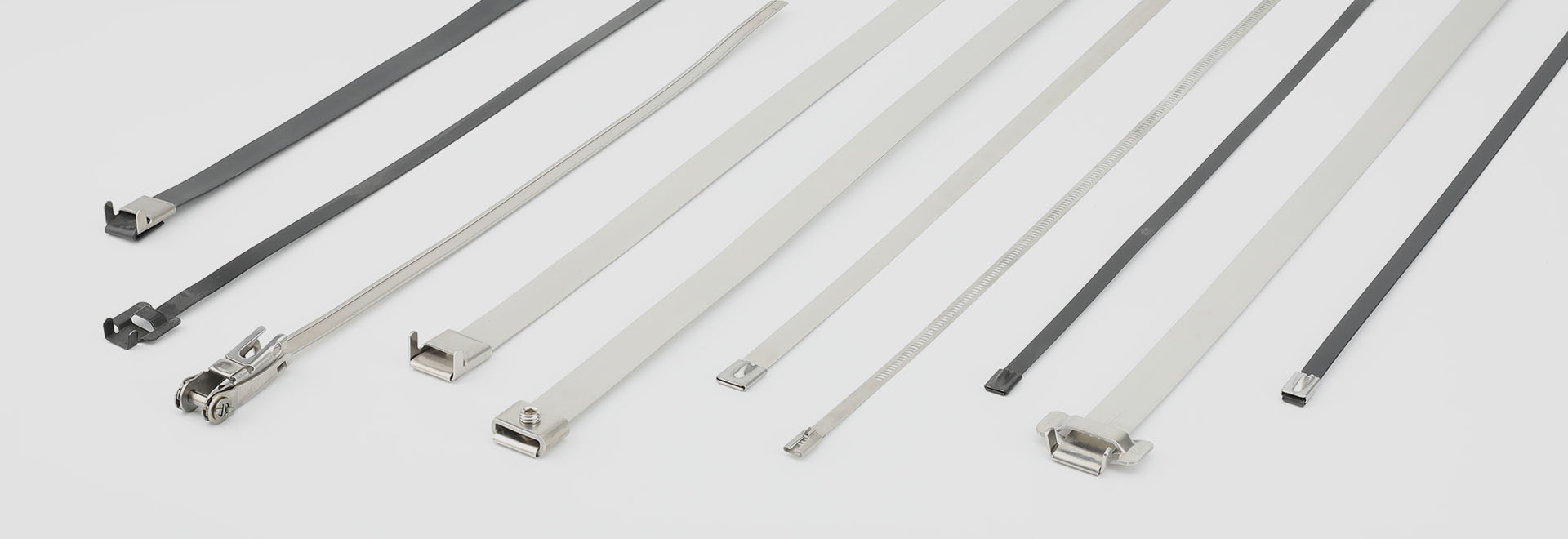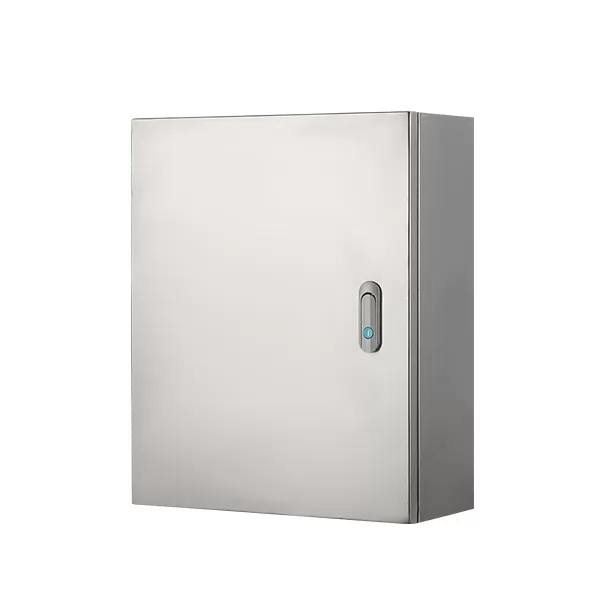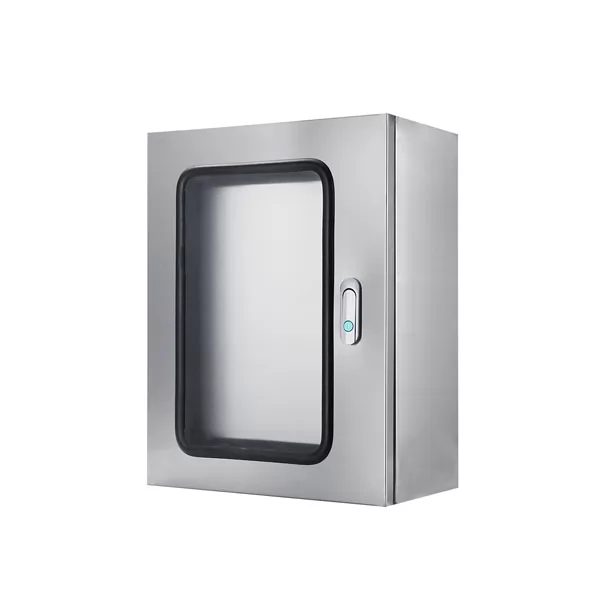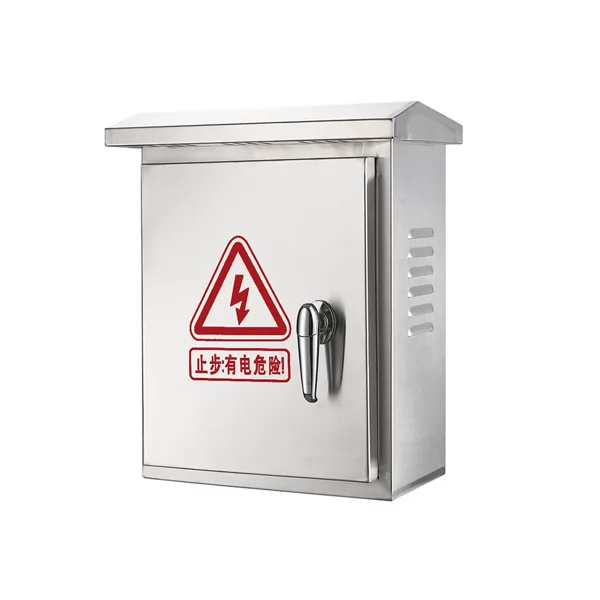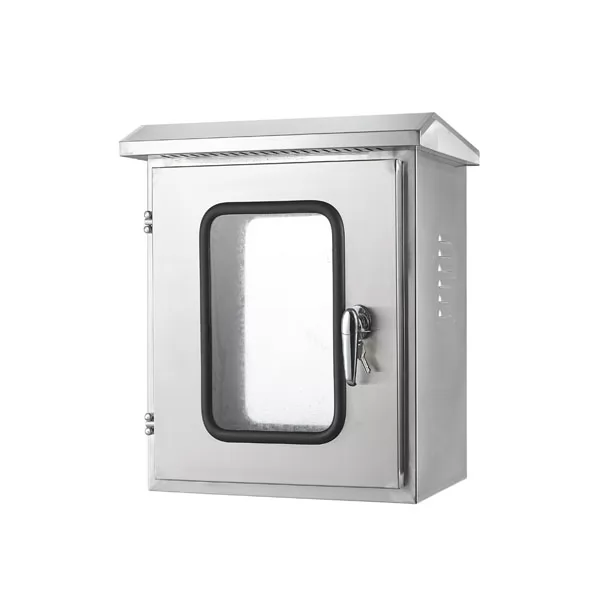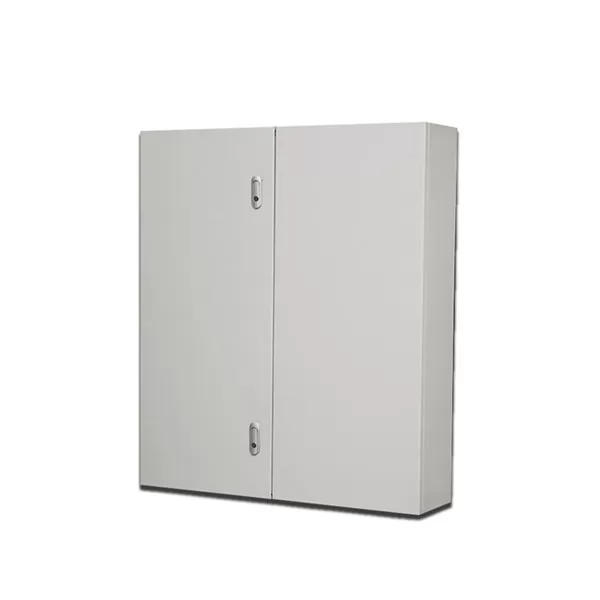waterproof enclosures
This comprehensive guide delves into the wide array of waterproof enclosures options, examining metallic housings (stainless steel, aluminum, galvanized steel), non-metallic choices (polycarbonate, FRP, ABS), hazardous-location certified enclosures (NEMA 4X, 7/9, ATEX/IECEx), and various form factors (wall-mount, floor-standing, pedestal) along with essential accessories like DIN rails, cable glands, and thermal-management solutions. You’ll understand the advantages and limitations of each material—such as corrosion resistance and impact tolerance—backed by industry standards like IP66 per IEC 60529 and UL/NEMA certifications. This expanded overview provides actionable insights to align enclosure selection with environmental demands, safety requirements, and future-proofing needs, ensuring your equipment remains secure and operational in any setting.
1. Metallic Enclosures:Strength and Durability
Metallic enclosures deliver unmatched mechanical strength and heat dissipation, making them ideal for heavy-duty industrial applications.
Stainless Steel Enclosures
Stainless steel, available in grades 304 and 316, offers exceptional corrosion resistance, especially in marine and chemical environments where chloride exposure is high. Grade 316’s molybdenum content increases resistance to pitting and crevice corrosion, extending service life and reducing maintenance cycles. With IK08 or higher impact ratings, stainless housings withstand mechanical abuse in busy facilities without denting or deforming. Smooth, hygienic surfaces resist bacterial growth and facilitate easy cleaning in food-processing and pharmaceutical plants.
Aluminum Enclosures
Aluminum enclosures combine lightweight construction with excellent thermal conductivity, helping dissipate heat from electronic components to maintain optimal temperatures. Its natural oxide layer provides basic corrosion resistance, and anodizing or powder-coating can achieve NEMA 4X/IP66 levels of protection against dust and water ingress. Aluminum remains dimensionally stable across a wide temperature range, from –40 °C to 85 °C, making it suitable for both indoor and outdoor applications.
Galvanized Carbon Steel Enclosures
Galvanized steel offers a cost-effective alternative, leveraging a protective zinc coating to resist rust and extend the life of indoor control panels and datacom cabinets. While not as corrosion-resistant as stainless steel, regular repainting or recoating maintains its protective barrier for years in non-extreme environments.
2. Non-Metallic Enclosures:Insulation and Flexibility
When electrical insulation, UV stability, and budget constraints are key, non-metallic enclosures excel.
Polycarbonate Enclosures
Polycarbonate is inherently non-conductive, offering dielectric strengths above 8 kV/mm, and achieves IP66 sealing against dust and powerful water jets per UL/cUL NEMA 4X standards. UV-stabilized formulations prevent yellowing and degradation under prolonged sun exposure, while UL94 V-0 flame ratings ensure fire safety for lighting controls and sensor modules.
Fiberglass Reinforced Polyester (FRP) Enclosures
FRP enclosures combine outstanding UV stability and chemical resistance, making them ideal for outdoor telecom, wastewater, and chemical-processing installations. Their non-magnetic and EMI-transparent properties allow reliable signal transmission for sensitive electronics.
ABS and Nylon Housings
ABS provides affordability and ease of molding into complex shapes, with UL94 HB flammability ratings and operational temperatures from –20 °C to 80 °C. Nylon enclosures add chemical resistance but typically require additives to match the UV stability and heat tolerance of polycarbonate or FRP.
3. Hazardous-Location Enclosures:Safety and Compliance
In flammable or corrosive atmospheres, certified enclosures are non-negotiable to prevent ignition and protect personnel.
NEMA 4X Corrosion-Resistant Enclosures
NEMA 4X enclosures, constructed from stainless steel, anodized aluminum, or polycarbonate, deliver superior protection against corrosion, ice, oil, and high-pressure washdowns in outdoor and food-processing environments.
NEMA 7/9 and Explosion-Proof Enclosures
NEMA 7 covers Class I, Division 1 areas with flammable gases;
NEMA 9 serves Class II, Division 2 locations with combustible dust.
These enclosures feature heavy-duty cast bodies, sealed joints, and flame-arresting pathways to contain internal explosions and prevent external ignition.
ATEX and IECEx Certified Enclosures
ATEX/IECEx certifications ensure compliance with European Directive 2014/34/EU and international IECEx schemes. Enclosures undergo rigorous testing—including thermal cycling (–60 °C to 375 °C), impact resistance, and high-pressure water ingress—to validate their integrity in explosive atmospheres.
4. Form Factor and Essential Accessories
Choosing the right form factor and integrating the proper accessories ensures seamless installation and long-term reliability.
Wall-Mount vs. Floor-Standing Cabinets
Wall-mount enclosures maximize floor space and provide easy front-access for small control panels and sensor arrays. Floor-standing cabinets offer extensive internal volume for switchgear, motor controls, or server racks, often incorporating base cable wells and top-mounted cooling fans for enhanced cable management and heat dissipation.
Pedestal and Pole-Mount Enclosures
Elevated on posts or poles, these enclosures protect against flooding, debris, and vandalism—ideal for outdoor kiosks, traffic controllers, and HVAC systems—featuring integrated mounting flanges for rapid deployment.
DIN Rails, Cable Glands, and Thermal Management
DIN rails support modular components such as terminal blocks and power supplies, streamlining wiring layouts. Cable glands maintain IP/NEMA seals while accommodating varied cable diameters, using correct torque settings to prevent water ingress. Thermal-management solutions—including passive vents, thermostatic fans, air-to-air or air-to-water heat exchangers—keep internal temperatures within safe thresholds, reducing failure rates and costly downtime.
Frequently Asked Questions
How do I interpret IP ratings for enclosures?
IP codes (IEC 60529) use two digits:first (0–6) for solids, second (0–9) for liquids. IP66 indicates dust-tight and protection against powerful water jets.Which material is best for coastal environments?
Grade 316 stainless steel or FRP offers top corrosion resistance against salt spray and humidity.Are wall-mount enclosures suitable for washdown areas?
Yes—choose NEMA 4X or IP66-rated models with gasketed edges and stainless fasteners.Can I retrofit cooling fans into an existing enclosure?
Many enclosures have pre-drilled knockouts or optional fan kits that maintain NEMA/IP ratings when installed per manufacturer guidelines.How much extra space should I allow for future expansion?
Industry best practice is to reserve at least 20–30% additional internal volume for wiring, terminal blocks, and new components.
Conclusion
Selecting the right waterproof enclosures involves balancing material properties, environmental demands, safety certifications, and accessory options to ensure equipment remains protected, accessible, and future-ready. Whether you require rugged stainless-steel housings for corrosive settings, lightweight polycarbonate for indoor applications, or explosion-proof solutions for hazardous zones, this guide equips you to make informed decisions that optimize performance, compliance, and ROI.
More Related Articles:

